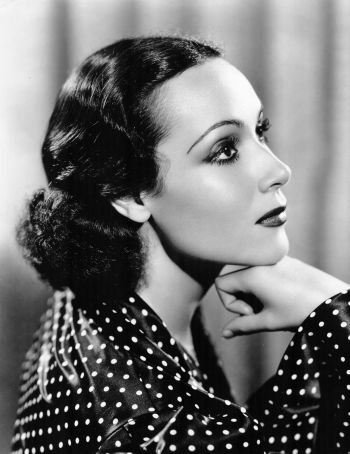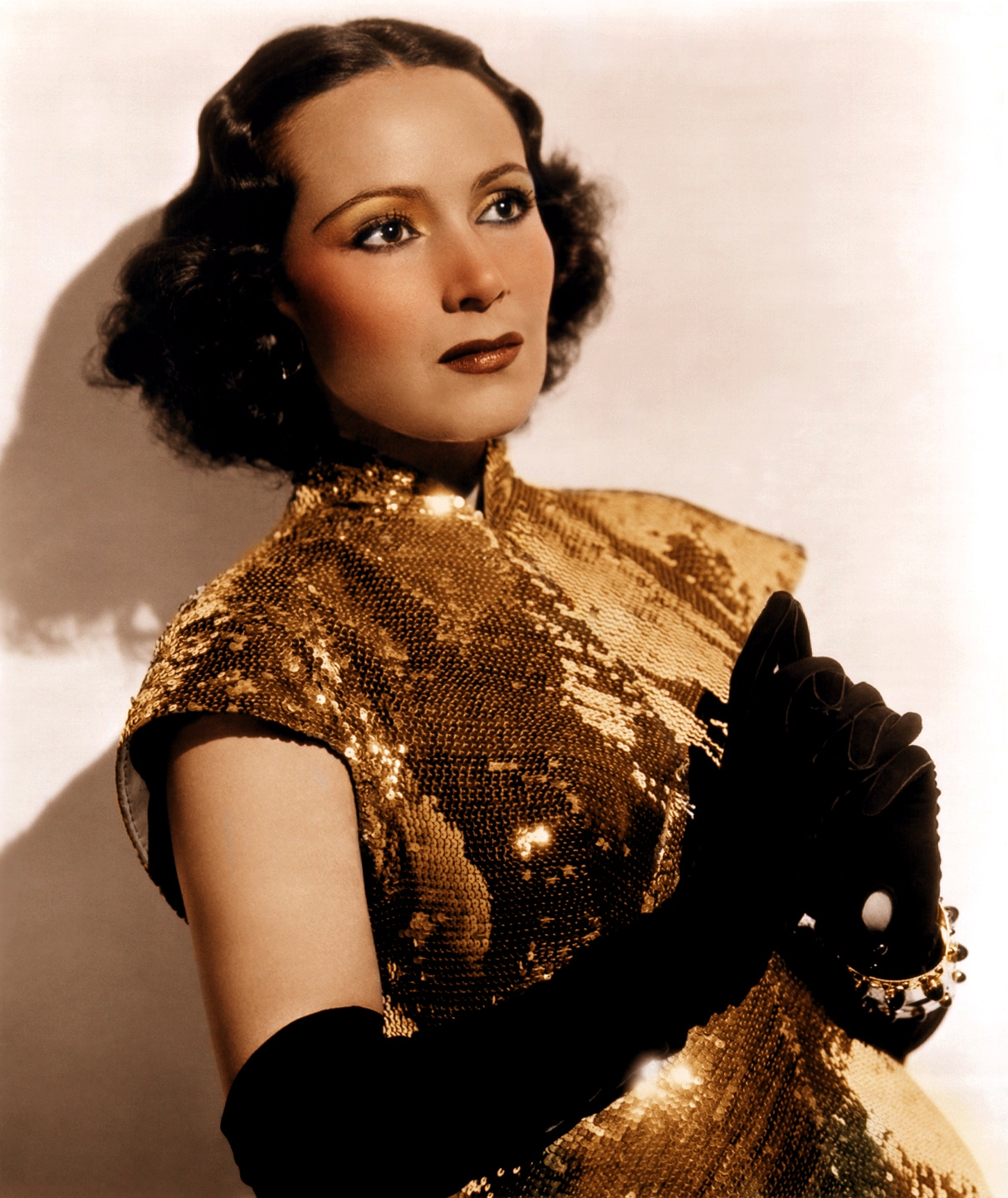Post by Admin on Dec 20, 2022 12:46:15 GMT -4

Mexican Beauty was an actress in the 20's and 30's.






Mexican actress and philanthropist Dolores Del Río, whose career was groundbreaking for Latin American actors. She was the first major Latin American crossover Hollywood star, even as she was hemmed in by the industry’s historically stereotypical and convoluted understanding of ethnicity and race.
Known for her beauty and elegance, María de los Dolores Asúnsolo López-Negrete was born August 3, 1904 in Durango, Mexico. The actress was first “discovered” in 1925 by Native American director Edwin Carewe, who convinced Del Río to move to the United States and signed her to an exclusive contract. That decision to move would pay off rather quickly, as she earned the attention of Hollywood producers and directors and solidified herself with various roles as a trailblazer for Latin Americans in film.
Del Río broke through in the world of silent film. Her very first role, in 1925’s Joanna, saw her billed as “Spanish” actress — but she fought to be billed as a Mexican actress, to reflect her true heritage.
As outlined by the New York Times, the first big movie she appeared in was Raoul Walsh’s What Price Glory? (1926), where she played a French peasant. She then earned starring roles in movies like 1927’s Resurrection and 1928’s Ramona.
Despite her undeniable talent, Del Río’s opportunities were limited by cinema’s Spicy Latina and Latin Lover tropes, with one New York Times reviewer even praising “the alluring Miss Del Río, with her bright eyes, pretty lips and lithe figure” for her “decidedly unrestrained portrait of the faithless creature” in 1927’s Loves of Carmen.
In the 1930s, Del Río triumphed in the film industry’s transition to “talkies” while other silent film stars struggled. She earned acclaim for her starring and supporting performances in films like Flying Down to Rio (1933) and Madame Du Barry (1934).
Still, she was repeatedly cast to play white characters, or Latin stereotypes. Eventually she would tire of Hollywood and the glamorous life, returning to Mexico in 1943.
Upon her return to the country, she found success on both the screen and stage, starring in several Spanish language films, like The Unloved Woman and Maria Candelaria. Maria Candelaria was not only the first Mexican film to screen at the Cannes Film Festival, in 1946, but won the festival’s Grand Prix award that same year.
Additionally, she co-starred alongside Henry Fonda in the 1947 film The Fugitive, which was made in Mexico.
Outside of film, Del Río was a devoted philanthropist and advocate of the arts. In 1957, she was selected as the first woman to sit on the Cannes Film Festival jury. In the 1960s, she co-founded the Society for the Protection of the Artistic Treasures of Mexico, an organization dedicated to preserving historical buildings and artwork in the country. And in the 1970s, she helped open a center to provide childcare for members of the Mexican Actors Guild.
Del Río, who died on April 11, 1983 in Newport Beach, California, spent her career — however challenging — doing what many others could not, and paving the way for more to follow. While much of Del Río’s Hollywood success came at the expense of her Mexican identity, her illustrious career in Mexico and off the screen illustrates her relentless pride and love for her homeland.

